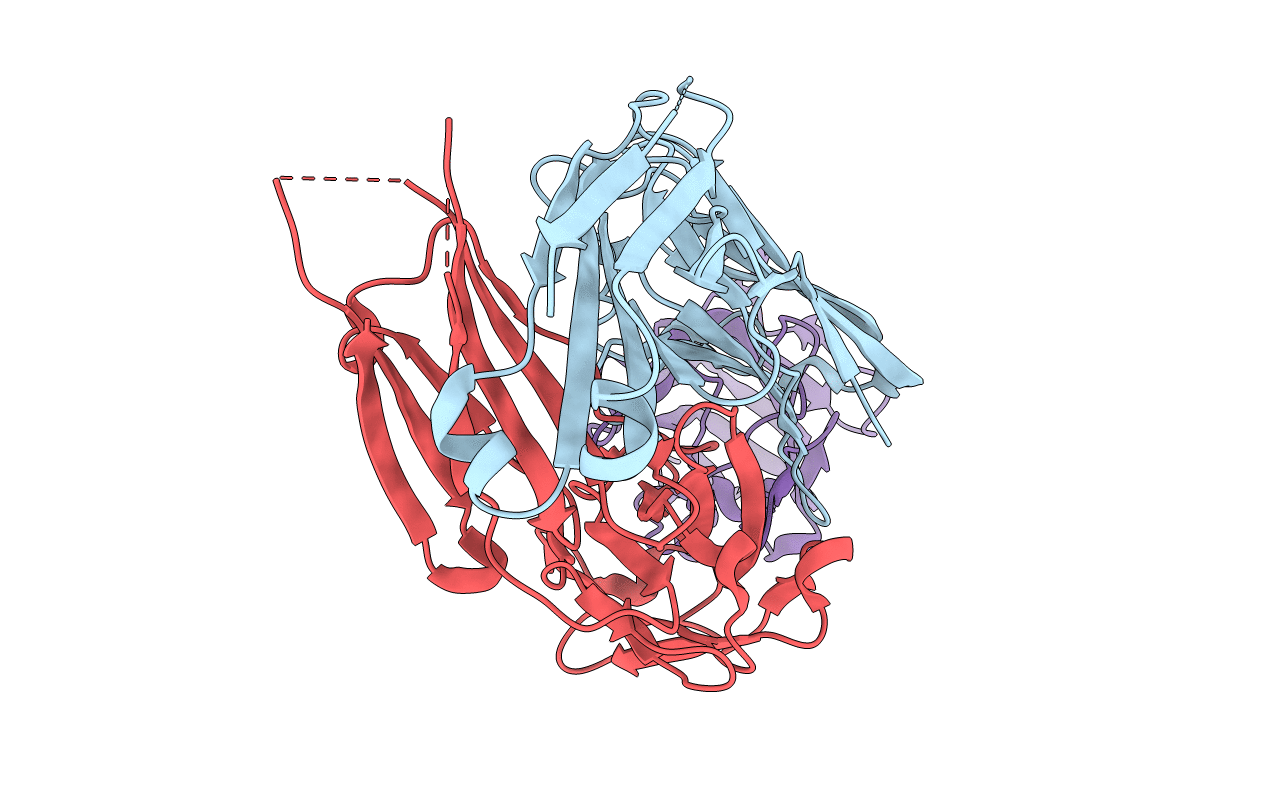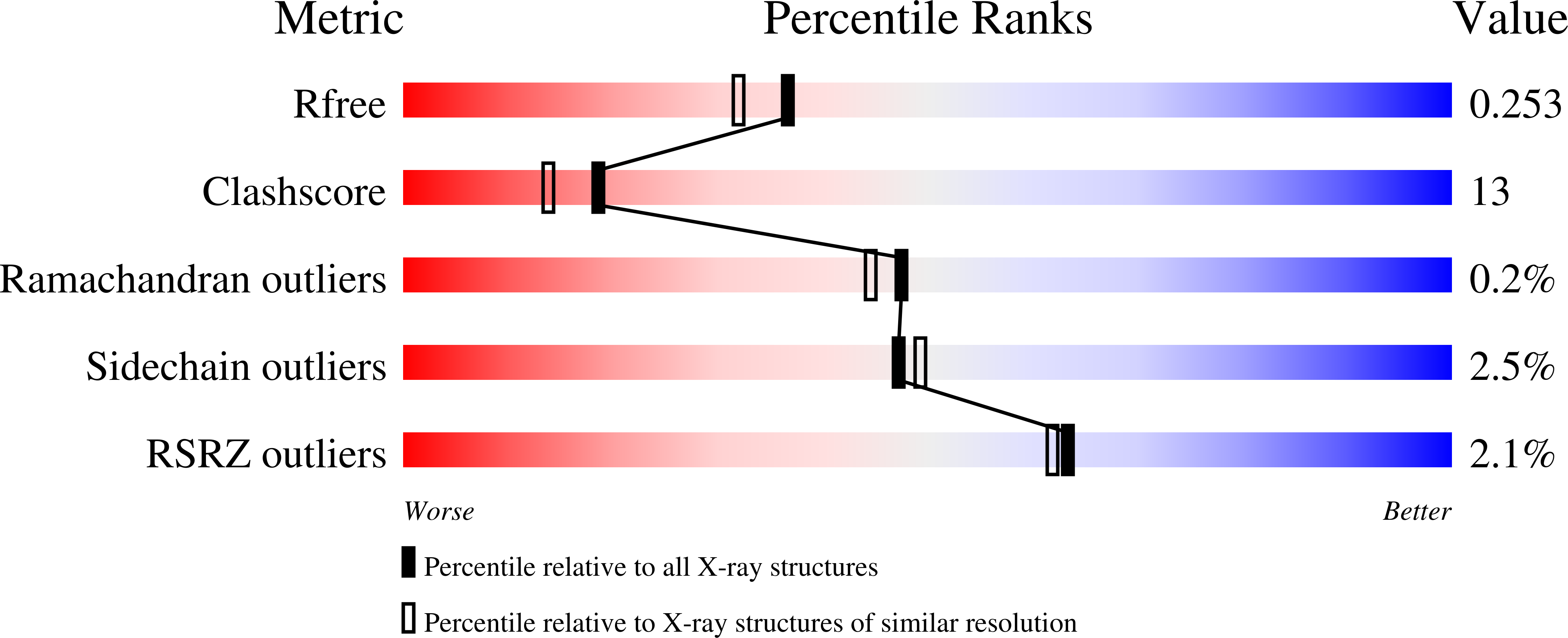
Deposition Date
2001-07-21
Release Date
2001-08-15
Last Version Date
2024-10-30
Entry Detail
PDB ID:
1IQD
Keywords:
Title:
Human Factor VIII C2 Domain complexed to human monoclonal BO2C11 Fab.
Biological Source:
Source Organism:
Homo sapiens (Taxon ID: 9606)
Host Organism:
Method Details:
Experimental Method:
Resolution:
2.00 Å
R-Value Free:
0.25
R-Value Work:
0.20
Space Group:
P 21 21 21


